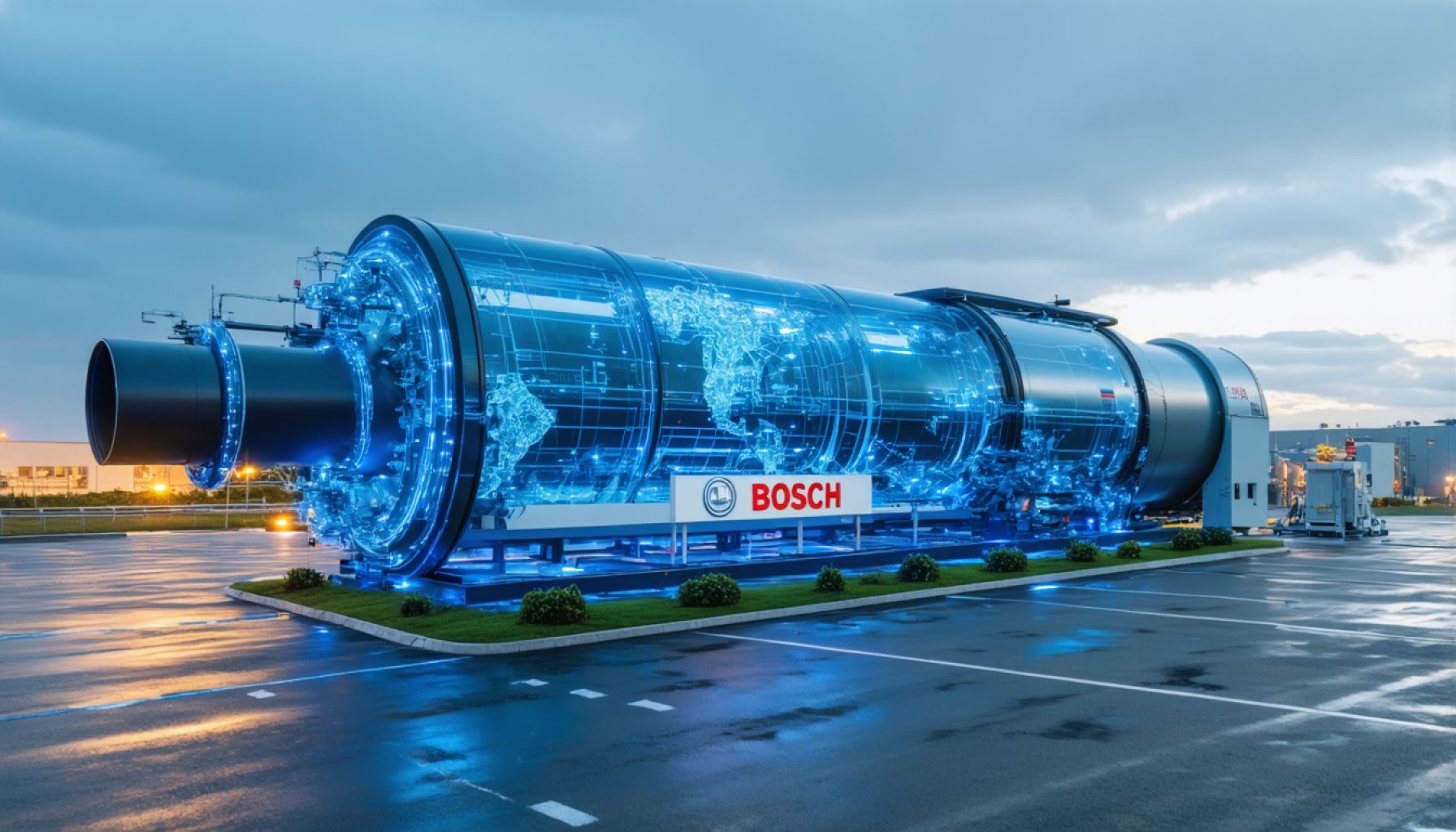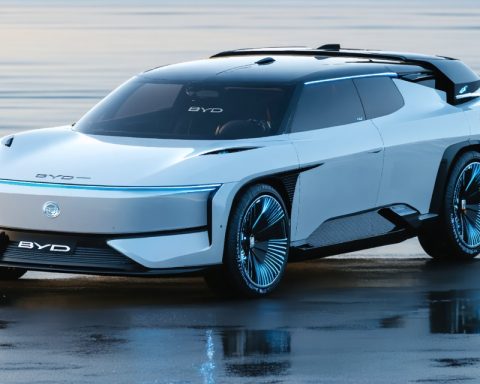- Bosch is shifting focus from solid oxide fuel cells (SOFC) to hydrogen production technology, aligning with evolving energy demands.
- Despite technical achievements with SOFC, Bosch found market growth for stationary hydrogen solutions slower than anticipated.
- The decision marks a strategic pivot toward Proton Exchange Membrane (PEM) hydrogen technologies.
- Bosch plans to divest its stake in UK’s Ceres to concentrate its efforts on sustainable hydrogen solutions.
- This move aligns with a broader industry trend toward flexible, scalable energy solutions crucial for global sustainability goals.
- Bosch underscores the need for agility and commitment to cleaner energy, positioning itself as a leader in the green hydrogen revolution.
In a bold pivot, Bosch, the renowned German tech giant, has decided to halt its development of solid oxide fuel cells (SOFC), choosing instead to channel its resources into more promising hydrogen production technology. This strategic shift highlights a key transformation in Bosch’s approach, aligning with a rapidly changing energy landscape.
The company’s decision underscores the sluggish growth of the market for stationary hydrogen solutions. Despite achieving remarkable technical milestones with its SOFC endeavors, Bosch has realized that the anticipated market evolution fell short, urging a realignment of priorities. The move reflects a pragmatic response to current market conditions, where speed and adaptability become crucial.
Bosch’s partnership with UK’s Ceres, a licensor of cutting-edge solid oxide technology, was instrumental in this journey. However, Bosch now regards its stake in Ceres as non-core, planning to divest this interest and to refocus its vision on hydrogen production grounded in PEM (Proton Exchange Membrane) technologies.
This decision echoes a broader industry trend of embracing flexible and scalable energy solutions. By transitioning toward PEM-based hydrogen systems, Bosch aims to harness the potential of hydrogen as a sustainable energy pillar. The company is poised to lead in the green hydrogen revolution, a crucial element for achieving global sustainability targets.
Bosch’s foresight advocates a clear takeaway: the energy landscape demands agility and foresight. Markets may waver, but the commitment to pioneering cleaner energy solutions remains unwavering. As Bosch navigates this dynamic arena, it reinforces the importance of aligning technological innovations with market readiness—a guiding star for others in the energy domain.
The Surprising Shift: Why Bosch’s Move from Solid Oxide Fuel Cells to Hydrogen Could Change Everything
Bosch’s Strategic Pivot: Analyzing the Decision to Shift Focus from SOFC to Hydrogen Technologies
In a strategic decision that underscores changing tides in the energy sector, Bosch has announced the cessation of its solid oxide fuel cell (SOFC) development. Instead, it will reallocate its resources to innovate in hydrogen production through Proton Exchange Membrane (PEM) technologies. This shift highlights Bosch’s adaptation to the current market dynamics and their long-term vision for sustainable energy.
Real-World Use Cases of PEM Hydrogen Technology
PEM technology is a promising pathway for green hydrogen production, which can be vital in:
1. Transportation: Hydrogen-powered fuel cells can replace traditional fossil fuels in vehicles, offering an emissions-free alternative.
2. Residential and Commercial Heating: Hydrogen can be utilized in combined heat and power (CHP) systems to efficiently provide both heating and electricity.
3. Industrial Applications: Industries with high energy requirements, such as steel manufacturing, can leverage hydrogen for a lower carbon footprint.
4. Grid Stability: Hydrogen offers a solution for storing renewable energy, addressing variability in solar and wind power.
Market Forecasts & Industry Trends
The hydrogen market is expected to grow significantly:
– According to a report by the Hydrogen Council, the global hydrogen market could reach $2.5 trillion by 2050.
– A BloombergNEF study indicates that by 2030, green hydrogen could reach cost parity with natural gas in certain regions.
Bosch’s focus on PEM hydrogen systems positions it at the forefront of these transformative changes, potentially leading the transition to a zero-emission economy.
Pros & Cons Overview
Pros of PEM Hydrogen Technology:
– Scalability: Easily scaled to meet various demands from small-scale to industrial applications.
– Renewability: Coupled with renewable electricity, it supports sustainable energy goals.
– Low Emissions: Produces water as the primary byproduct rather than harmful emissions.
Cons:
– Cost: Initial setup and infrastructure costs can be high.
– Technology Maturity: Requires further innovation and development to reach widespread adoption.
Controversies & Limitations
Transitioning from SOFC to PEM technologies is not without challenges:
– Investment Waste Concerns: Stakeholders may worry about previously sunk costs in SOFC development.
– Technological Uncertainty: Critics may argue that a sudden shift risks overlooking potential breakthroughs in SOFC.
Reviews & Comparisons
PEM vs. SOFC:
– Efficiency: SOFCs historically offer higher efficiency at high temperatures, ideal for stationary applications.
– Versatility: PEM systems operate at lower temperatures and are more suited for transportation and flexible energy storage.
Actionable Recommendations
For businesses in the energy sector considering similar transitions, consider the following:
1. Market Assessment: Regularly evaluate the alignment of current projects with emerging market trends.
2. Agility in Strategy: Remain flexible in technological pathways to adapt to rapid changes in market demands.
3. Investment in R&D: Prioritize continuous innovation and improvement of green technologies.
4. Collaboration and Partnerships: Engage with industry partners and stakeholders to leverage resources and expertise.
For more information about Bosch and its innovative projects, visit Bosch.
As Bosch leads a bold shift towards PEM-based hydrogen solutions, their agility and foresight provide a model for others navigating a dynamic energy landscape.














